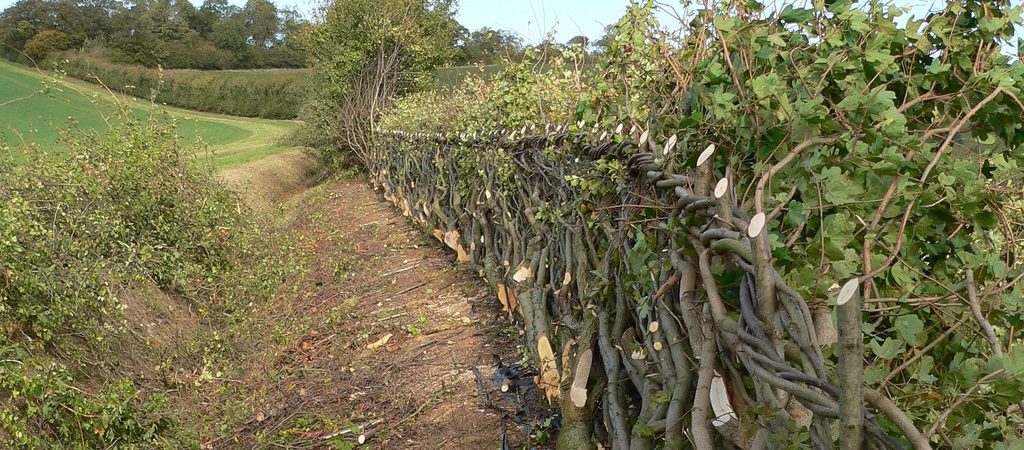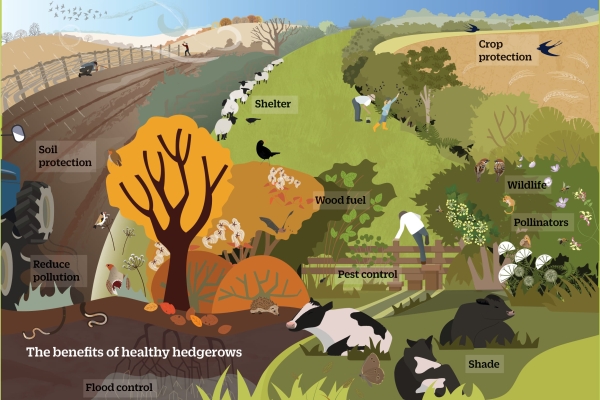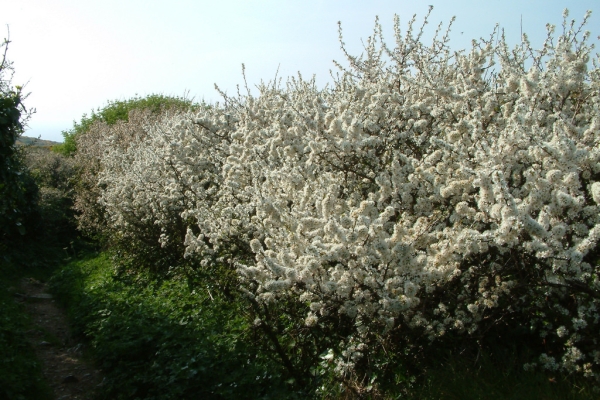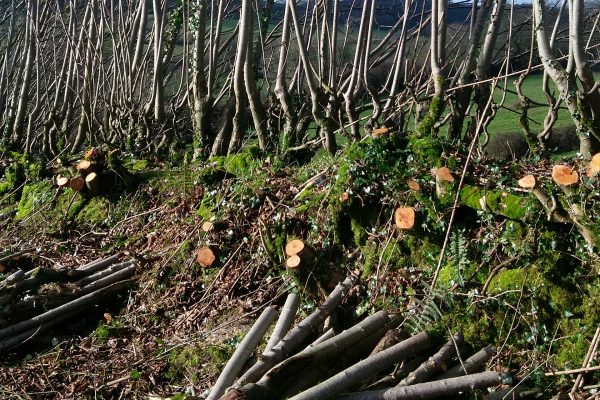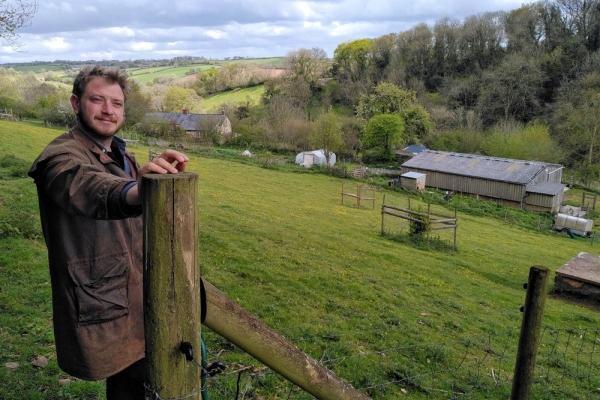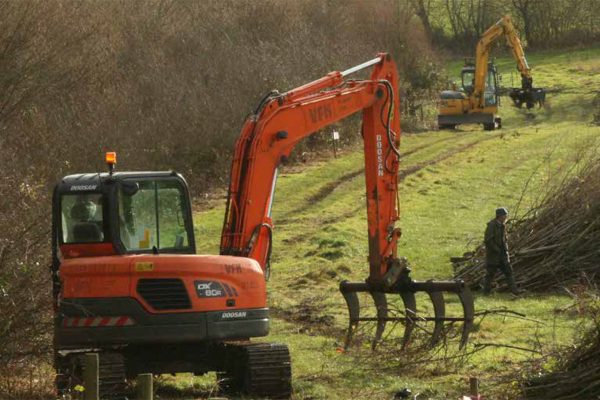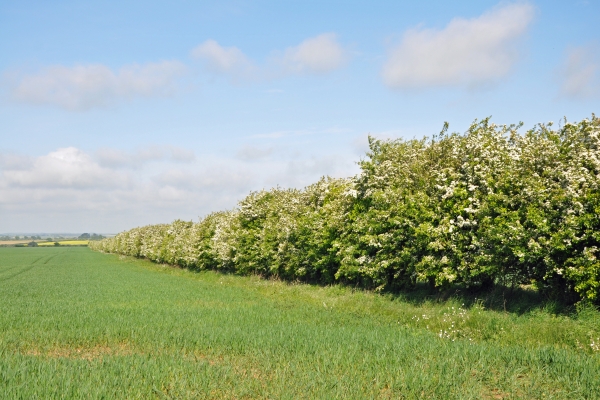Rejuvenation of hedgerows
Resource explained
Keeping hedges in good condition will benefit your farm and wildlife. Some ways in which you can do this have been studied by the Centre for Ecology & Hydrology and are described in this leaflet. It gives an overview of results after testing five methods of rejuvenating hedges on five English farms.
The reasons why hedges need rejuvenating and the beneficial effects on hedge growth and wildlife are explained briefly.
The results from developing and testing cheaper, modern rejuvenation methods and traditional methods are outlined. This includes the costs entailed per 100 metres of hedge, time taken (minutes per metre), and hedge heights and width for: traditional Midland hedge-laying, conservation hedging, wildlife hedging, coppicing, and reshaping using a circular saw.
For each technique there is a description of what was done and how it was done, the effects on the hedge condition and growth, and the effect on berry production.
Findings & recommendations
- Many hedges in the UK are not in good condition, partly due to over-frequent trimming with mechanised flails.
- Traditional hedgerow rejuvenation methods i.e. hedge-laying and coppicing, reduces gaps and stimulates growth from the base. Denser hedges are better for perennial plants, small mammals, farmland birds and some invertebrates.
- Traditional Midland style hedge-laying was the most expensive and time consuming method tested, but it improved the hedge condition, increasing the density and reducing gap sizes.
- The conservation hedging technique yielded a hedge structure and rates of woody re-growth as good as traditional hedge-laying in improving hedge condition.
- The wildlife hedging technique resulted in a greater density of woody material than traditional hedge-laying three years after rejuvenation, with smaller gaps in the hedge base. The average hedge width was more than twice that of the traditional and conservation laid hedges.
- Re-shaping with a circular saw resulted in vigorous growth in the hedgerow canopy, but did not reduce gaps at the base or stimulate basal woody growth.
- Coppicing resulted in vigorous growth of woody stems and a dense woody structure at the base of the hedge but very few berries were produced even four years after coppicing.
